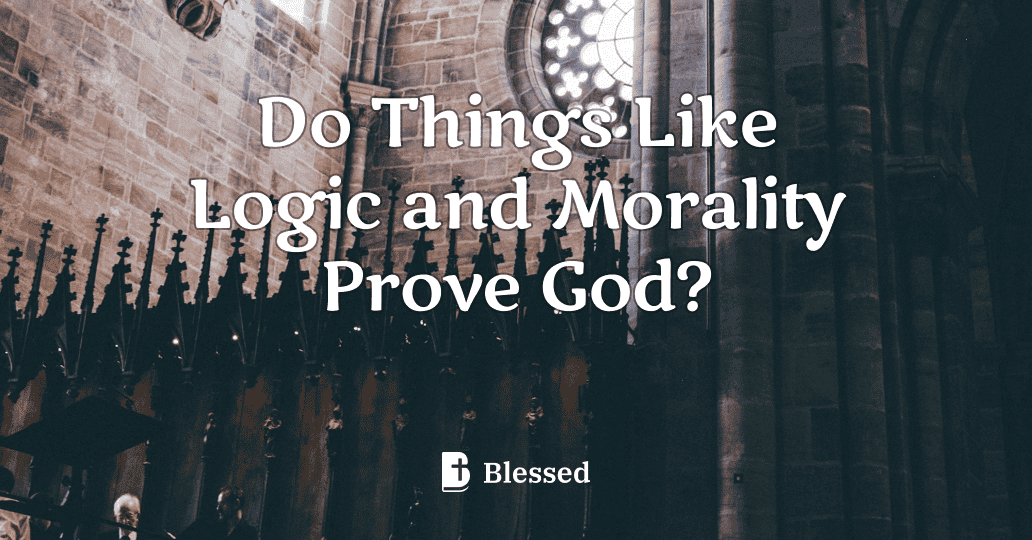When Is Easter Sunday?
- easter
- sunday
- date
- moon
- march

When Is Easter Sunday?
Understanding the Date of Easter Sunday
Easter Sunday is a significant Christian holiday celebrating the resurrection of Jesus Christ. However, its date changes every year, which can be confusing. Unlike fixed holidays, Easter Sunday is a movable feast, meaning it does not fall on the same date annually.
How Is the Date Determined?
The date of Easter Sunday is based on a combination of lunar and solar calendars. It is celebrated on the first Sunday after the first full moon following the vernal equinox, which is usually on March 21.
- The vernal equinox marks the start of spring in the Northern Hemisphere.
- The full moon used is called the Paschal Full Moon.
- Therefore, Easter Sunday can fall anytime between March 22 and April 25.
Why Does the Date Vary?
This method of calculating Easter was established by the Council of Nicaea in 325 AD to unify the celebration date for Christians worldwide. The variation ensures Easter is always celebrated on a Sunday, but the exact date shifts due to lunar cycles.
Summary
Easter Sunday is celebrated each year on the first Sunday after the first full moon following the vernal equinox (March 21). This results in a date that can range from March 22 to April 25, making Easter a dynamic and movable holiday in the Christian calendar.

How to Pray for Israel
How to Pray for IsraelPraying for Israel is an important act of intercession that reflects God’s heart for His people. The Bible commands believers in Psalm 122:6, “Pray for the peace of Jerusalem: they shall prosper that love thee.” Here’s how to pray meaningfully for Israel.1. Pray for Peace in JerusalemAsk God to bring peace and stability to Jerusalem and the surrounding regions. Isaiah 54:10 assures, “For the mountains shall depart, and the hills be removed; but my kindness shall not depart from thee.” Pray for unity and reconciliation among diverse groups.2. Pray for Spiritual AwakeningIntercede for the people of Israel to experience spiritual renewal and come to know God’s love and promises. Ezekiel 36:26-27 says, “A new heart also will I give you, and a new spirit will I put within you.” Pray for a deep spiritual revival across the nation.3. Pray for LeadershipLift up Israel’s leaders, asking for wisdom, discernment, and integrity in their decisions. Proverbs 21:1 reminds us, “The king’s heart is in the hand of the Lord, as the rivers of water: he turneth it whithersoever he will.” Pray for leaders who seek righteousness and justice.4. Pray for ProtectionIntercede for the safety of Israel’s people and borders. Psalm 121:4 assures, “Behold, he that keepeth Israel shall neither slumber nor sleep.” Ask God to shield the nation from harm and conflict.ConclusionPraying for Israel is a biblical way to align your heart with God’s purposes. By seeking peace, spiritual awakening, and protection, you fulfill a divine mandate and demonstrate love for His chosen people (Genesis 12:3).
Blessed App
Who Is the Prostitute in the Bible?
Who Is the Prostitute in the Bible?The Bible mentions several women associated with prostitution, but their stories often reveal profound lessons about redemption, faith, and God’s grace. Two prominent examples are Rahab and the unnamed woman described in Jesus’ ministry.Rahab: A Story of Faith and Redemption1. Her Role: Rahab, a prostitute in Jericho, sheltered Israelite spies and helped them escape, demonstrating her faith in God’s power (Joshua 2:1-14).2. Her Redemption: Rahab’s faith led to her inclusion in the genealogy of Jesus Christ (Matthew 1:5), highlighting God’s ability to transform lives.The Woman in Jesus’ Ministry1. Compassion from Jesus: In Luke 7:36-50, an unnamed woman, identified as a sinner, anoints Jesus’ feet with perfume and tears. Jesus forgives her, declaring, "Thy faith hath saved thee; go in peace."2. Lesson of Forgiveness: Her story underscores God’s willingness to forgive anyone who comes to Him in faith and repentance.Why This MattersThese stories show that no one is beyond God’s grace. They serve as powerful reminders of His love and the transformative power of faith.
Blessed App
What Does Lust Mean in the Bible?
What Does Lust Mean in the Bible?Lust in the Bible is often described as a strong, sinful desire, particularly for sexual immorality. It is a heart condition that goes beyond physical attraction to a craving that is selfish, impure, and contrary to God’s design for sexuality.Lust in the HeartJesus taught in Matthew 5:27-28 that lust is not only an outward act but begins in the heart. "But I say unto you, That whosoever looketh on a woman to lust after her hath committed adultery with her already in his heart." Lust is a serious sin that can lead to further sin and destruction if left unchecked.The Temptation of LustIn 1 John 2:16, lust is described as one of the three main temptations of the world, alongside the lust of the eyes and the pride of life. These temptations lead believers away from a godly life and toward sin.Why This MattersLust is not just a temptation but a destructive force that damages the individual’s spiritual health and relationships. The Bible calls believers to flee from lust and seek purity through the power of the Holy Spirit.
Blessed App
Do Things Like Logic and Morality Prove God?
Do Things Like Logic and Morality Prove God?The existence of logic and morality has been used by many theologians and philosophers as evidence for the existence of God. While these arguments do not definitively "prove" God in a scientific sense, they provide a strong philosophical foundation for belief in a divine creator.Logic as Evidence for GodOrder in the Universe: The consistent laws of logic and mathematics suggest an ordered universe, which many argue points to an intelligent designer.Immaterial Nature: Logic and reason are immaterial, yet universally applicable, which some believe reflects the mind of a transcendent God.Morality as Evidence for GodObjective Moral Values: The existence of universal moral principles, such as justice and kindness, is often cited as evidence for a moral lawgiver.The Moral Argument: This argument suggests that if objective moral values exist, they require a transcendent source, which many identify as God (Romans 2:14-15).ConclusionWhile logic and morality may not conclusively prove God’s existence, they provide compelling philosophical arguments for belief in a creator who establishes order and moral law in the universe.
Blessed App